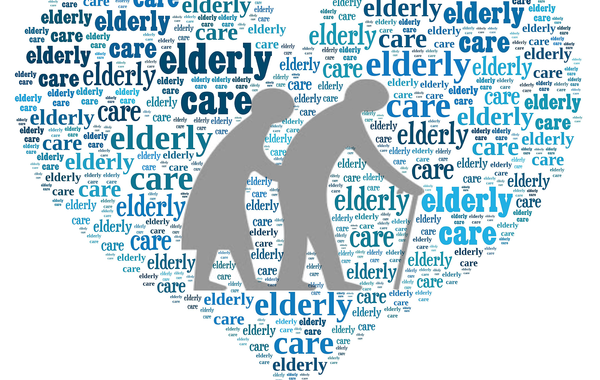By Anna Metcalf COTA
Geriatric SIS Chair
“What do you see, nurses, what do you see?
What are you thinking when you look at me?
A crabbit old woman, not very wise.
Uncertain of habit with far away eyes
who dribbles her food and makes no reply
when you say in a loud voice, “I do wish you’d try.”
— Kate’s Poem
What is Elder Abuse? What are the types? What is our role as occupational therapy practitioners?
Elder abuse is defined as: an intentional act, or failure to act by a caregiver
or another person in a relationship involving an expectation of trust that causes
or creates a risk of harm to an older adult.
What are the types:
- Physical: the intentional use of physical forces that results in acute or
chronic illness, bodily injury, physical pain, functional impairment, distress or death. - Sexual: forced or unwanted sexual interactions.
- Emotional: verbal or nonverbal behavior that results in infliction of anguish,
mental pain, fear, or distress. - Neglect: failure by caregiver or other responsible person to protect an elder from
harm, or the failure to meet needs of essential medical care, nutrition,
hydration, hygiene, clothing, and basic activities of daily living. - Financial: the illegal unauthorized, or improper use of an older individuals resources
by a caregiver or other person in trusting relationship for benefit of someone
other than the older individual.
Our role as occupational therapy practitioners is to STOP the elder abuse.
Here are some ways that are discussed in the OT Practice as well as some that I have come up with:
+We often build great rapport with our patients, and with that rapport
we can ask questions which can lead to discoveries of elderly abuse.
+When reporting abuse, it is important for practitioners to understand the rules laid out by
their employer, state, and professional association. So ask in your facilitate how you can report.
Addressing the needs of caregivers, occupational therapy practitioners can often help alleviate
caregiver burn out before it leads to abuse.
+ When helping our patients with ADLs we can also educate other staff members about what works best for a particular patient so that they can better assist them and not become frustrated when they forget step or take too long.
+We strive to make our patients more independent and less reliant on staff or caregivers which can help prevent abuse.
+Helping our patients know what is going on in their care, and how to see signs they are experiencing abuse.
References:
Hall, JE, Karch, DL, Crosby, AE. Elder abuse survalance: uniform defintions and reccomended
core data elements for use in elder abuse survalance, version 1.0. Atlanta (GA): National Center
Injury prevention and control, Centers for disease control and prevention, 2016.
Waite, A. (2014). Elder Abuse: Knowing When, Why, and How to Intercede. OT Practice
